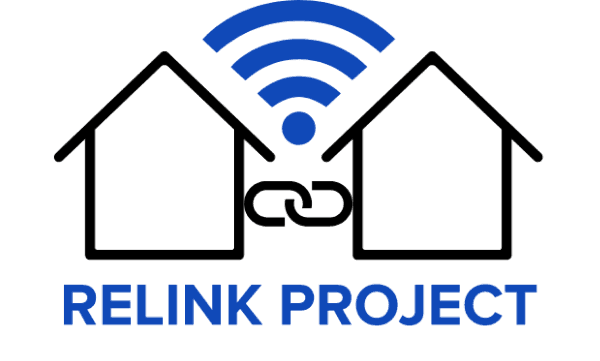Recommendations:
Findings
Key findings emphasize that enhancing the clarity and accessibility of ToS can increase user willingness to comply. If users opt not to engage with services due to unfavorable terms, companies may be incentivized to revise their policies. This aligns with universal design principles and prioritizes inclusivity, ensuring all individuals can effectively navigate and understand the terms associated with digital and physical products.
To create a standardized interface for how to display the terms of services in an application, website or physical product. The solution takes advantage of senses like sound, sight, iconagraphy, vibration feedback and simplified language to create a universal solution that does not discriminate against any form of handicap. The idea is once the user can understand the terms of service better, they will be more willing to comply to them. If this is no the case, the company would be encouraged to change their terms of service should the costumer chose not to buy or download a service due to the terms of service
The suggested intervention A rating system would assist the users in determining an apps trustability. The scores would be provided by unbiased NGOs related to the relevant handicaps. The new system would heavily focus on universal design to make the ToS accessible to those with vision, hearing or reading disabilities.

Take a look at the full project here!

The goal for the Relink project is to develop frameworks, tools and scenarios to adress risks and safety issues related to household electronics and their connection to internets and the privacy issues that follow. This gigamap outlines the creation of a universally accessible system for presenting terms of service (ToS). It highlights the importance of using multiple sensory modalities, such as sound, sight, iconography, vibration feedback, and simplified language, to make ToS comprehensible to a diverse audience, including individuals with visual, auditory, or reading impairments. The goal is to eliminate discriminatory barriers and foster user understanding.
Accordingly, this giga-map visualizes Relink concepts, the structure of this gigamap is divided into the following sections; General mapping overview, Household mapping, Responsibilty mapping, Pain-point mapping (ToS), Relink workshop, Suggested intervention.
Visualizing
complexity in a gigamap:
Data security and project relink.
2022.
Kongsli Gjerde, H







